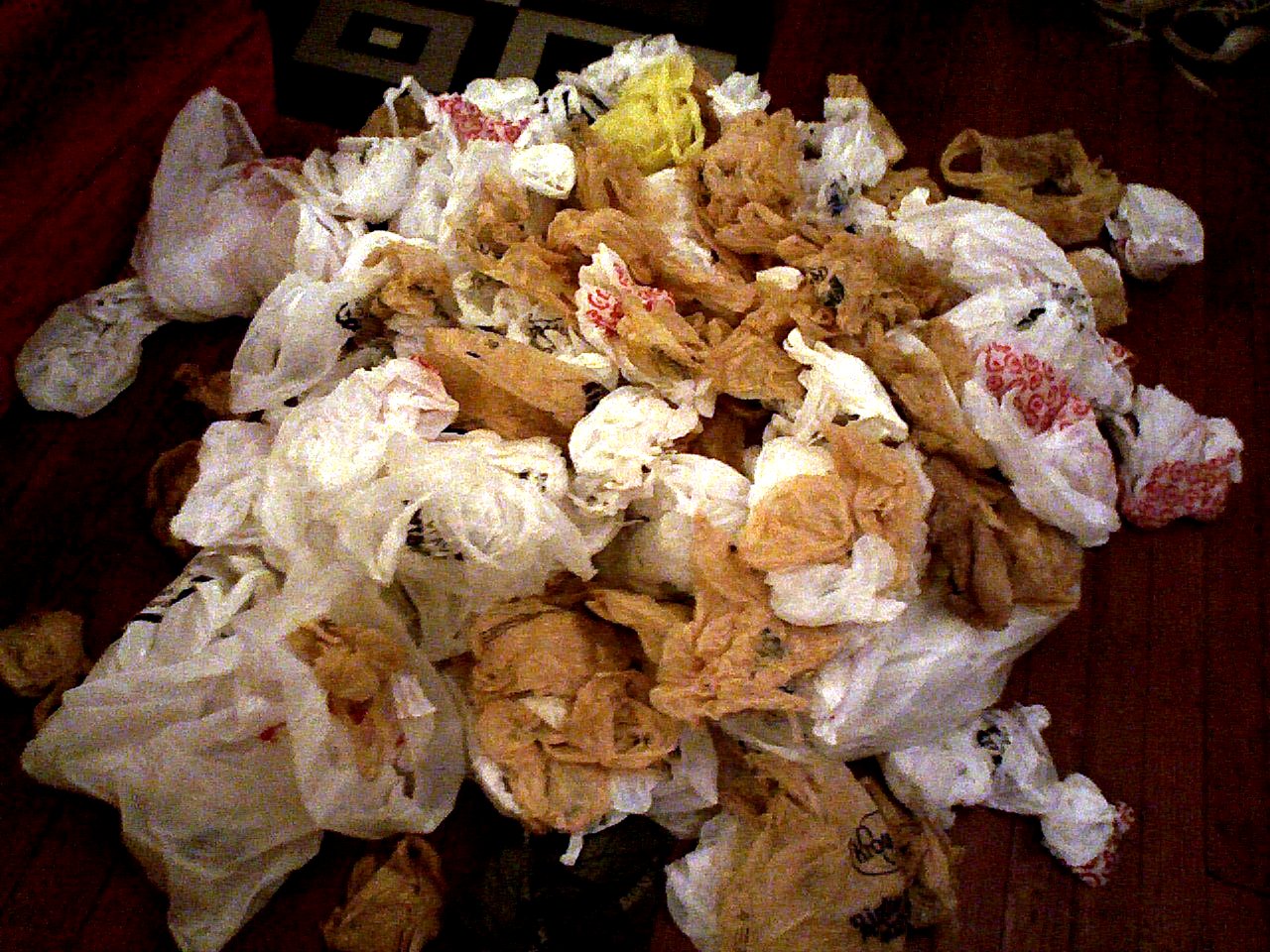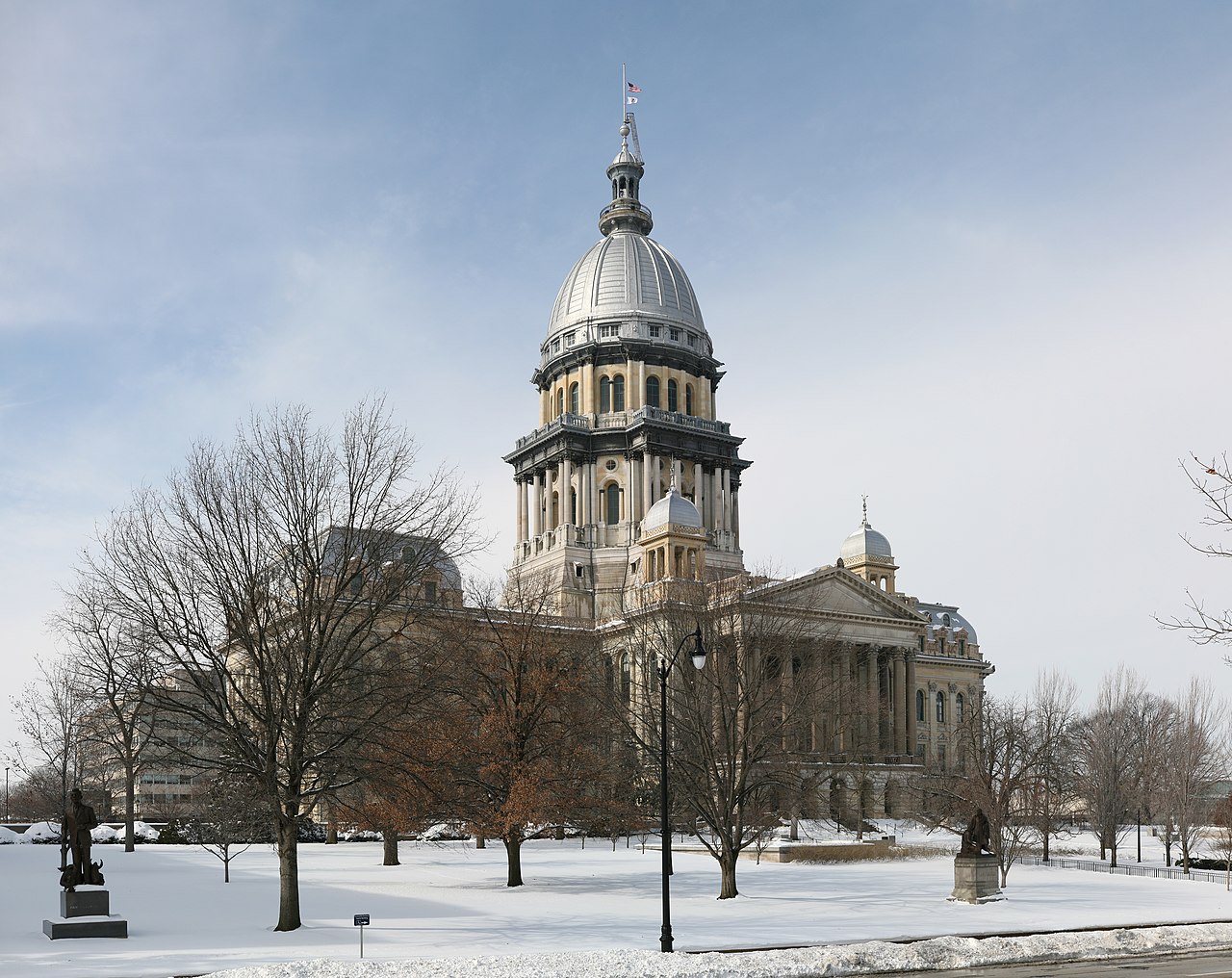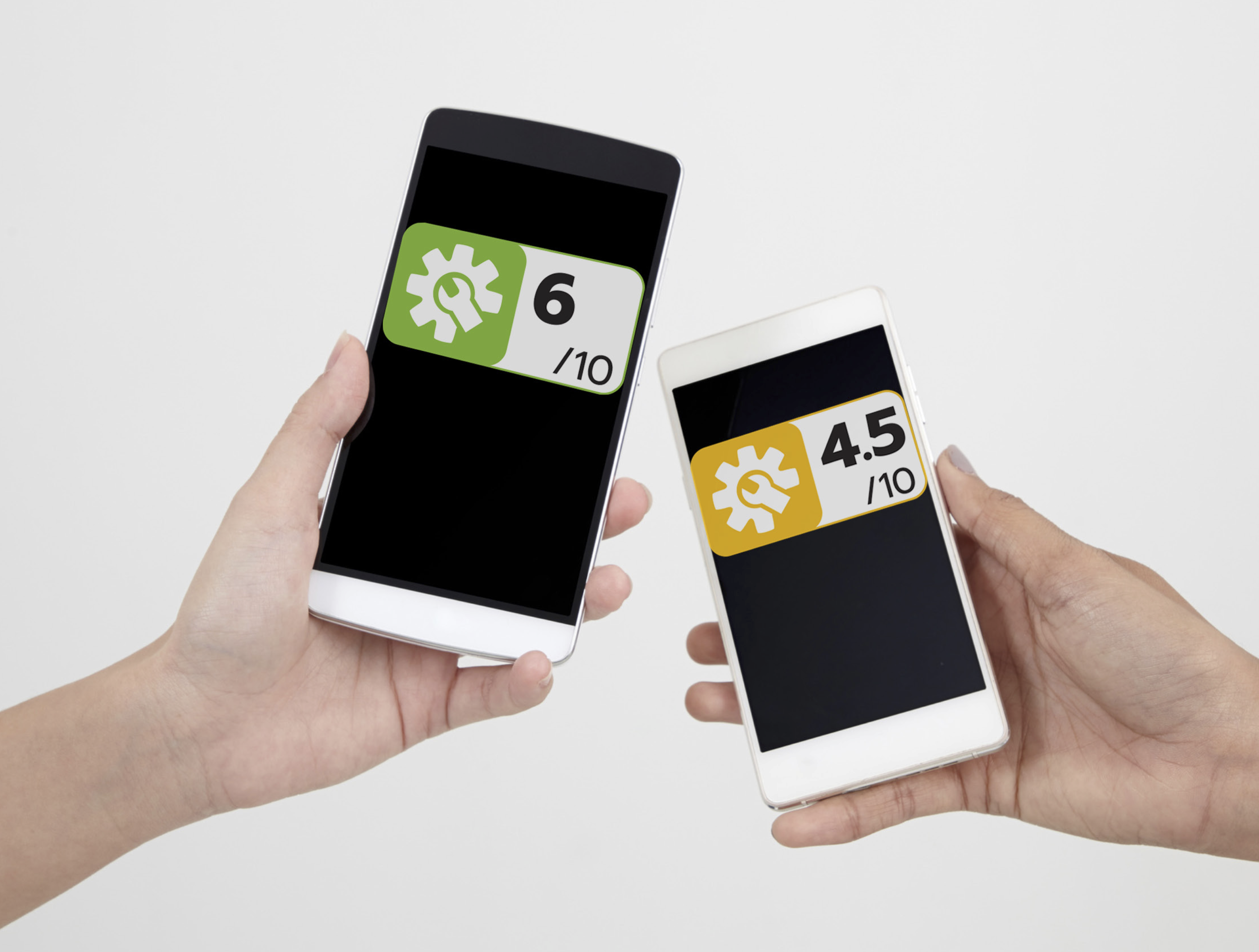California: Nation’s first statewide plastic bag ban cuts waste
Guest post by Clay Napurano Cities and states around the country have taken steps to ban certain single-use plastics -- straws, plastic bags, polystyrene take-out containers and more. These policies are aimed at reducing the flow of plastic into our waterways and the waste stream. But do they work? In this blog series, we present four examples of single-use plastics bans that are reducing plastic pollution.

Guest post by Clay Napurano
Cities and states around the country have taken steps to ban certain single-use plastics — straws, plastic bags, polystyrene take-out containers and more. These policies are aimed at reducing the flow of plastic into our waterways and the waste stream. But do they work?
In this blog series, we present four examples of single-use plastics bans that are reducing plastic pollution.
California has been a flagship state for bans of plastic bags, with dozens of communities adopting local bans, followed by adoption of a statewide ban on most kinds of plastic bags in 2014.
Plastic bag pollution is visible and destructive, with bags scattered across streets and, in the case of California, many public beaches. Chemical pollutants from littered plastic bags can leach into bodies of water, harming wildlife, fish and humans. Seabirds that become trapped in plastic bags can suffocate and die. Birds may also unknowingly feed their offspring bits of plastic, including from littered bags, which expand in their stomachs over time, causing them to starve to death. Not only this, but plastic bags can also cause expensive damage to recycling plants, gumming up machinery and in some cases, preventing recycling from taking place.
Concern about the effects of plastic bags in the Pacific Ocean led California and Hawaii to become the first two U.S. states to adopt bans on plastic bags. California’s ban on plastic bags in retail establishments was the nation’s first statewide ban when it was passed in August 2014. Single-use plastic carryout bags are no longer able to be provided at the majority of grocery stores, retail stores with pharmacies, food markets and liquor stores. The ban also requires that stores that provide a paper bag do so for “not less than $0.10.” Despite massive lobbying efforts from out-of-state plastic manufacturers to stop the ban, along with a $6 million campaign to repeal it on the statewide ballot in 2016, voters rejected the repeal effort 53% to 47%.
Studies of local bans such as the one passed in San Jose, California, in 2012 demonstrate their effectiveness. Following the ban in San Jose, there was a 60% reduction in creek and river pollution by plastic bags, as well as a 59% reduction in residential plastic waste as a whole. In San Francisco, which enacted a local ban in 2007, the city reportedly saved $600,000 a year in plastic processing fees, as plastic bags were prevented from clogging recycling plants and slowing down processing.
A year after the statewide ban was enacted, data from coastal clean-ups in California indicated a substantial decrease in grocery bag litter. In 2010, volunteers collected 65,000 littered plastic bags, representing 7.4% of all litter collected. By 2017, after the state ban and many local bans had been enacted, the amount of plastic bags collected had dropped by 72%. Data from beach cleanups in 2017 found that plastic bags totaled only 1.5% of all litter collected that year.
A study by the state agency CalRecycle, which enforces the plastic bag ban, further supports the state ban’s effectiveness. Only six months after the ban was put in place, most transactions in which customers usually used plastic bags were completed without a customer buying a reusable bag; 86% of customers brought their own reusable bags or chose not to use a bag. There was a 61% reduction in paper bags provided to customers. Most notably, there was a 85% reduction in the number of plastic grocery bags provided to customers.
The pandemic recently forced the governor to issue an executive order allowing the temporary lifting of the plastic bag ban in April 2020. The executive order lasted for 60 days and expired in June 2020. However, since the ban has since been resumed, data in California should be watched to see if the trend of effectiveness after the first implementation of the ban is seen again. It is also notable that some retailers have used a loophole in the law to provide thicker plastic bags at a cost to the consumer under the guise that they are reusable.
For now, the momentum generated by California’s bag ban continues among cities and states. Eleven states have passed plastic bag bans, most recently New Jersey, Washington and Colorado. These bans are actively reducing pollution as they build support for eventual national action.
Photo credit Taber Andrew Bain via Flickr (CC-BY-2.0)
Topics
Authors
Alex Truelove
Find Out More

Our 2024 priorities in the states

What is a repair score and why is Colorado calling for one?

A look back at what our unique network accomplished in 2023

